Until now, astronauts have relied on prepackaged food during spaceflight. But with the goal of launching missions over longer distances and for longer periods of time, NASA has launched a competition that it hopes will usher in a new era of sustainable food in space.
“Prepackaged food on the International Space Station has an 18-month shelf life,” said Ralph Fritsche, senior project manager for space crop production at NASA’s Kennedy Space Center in Florida. “We don’t have any food right now that could survive a mission to Mars. The same thing will happen on longer-duration missions to the Moon.”
According to NASA, it will take time for humans to reach Mars, but a trip to the Moon will soon be a reality. In 2024, NASA plans to send four astronauts around the Moon as part of the Artemis Program. This will be the first crew to land on the Moon since Apollo 17 in 1972. (Apollo 17 (December 7-19, 1972) was the final lunar landing mission in NASA's Apollo program, and also the most recent time humans set foot on the Moon. NASA's goal is to restart the campaign to return humans to the Moon, and the stay there will last not just a few days but possibly weeks, months, or even longer.
To address the issue of feeding astronauts on long-duration missions, NASA launched the Deep Space Food Challenge in January 2021, asking companies to propose new ways to grow sustainable food. From the initial 200 companies, the second phase (from January 2023) has only 11 teams, including 8 US teams and 3 international teams. On May 19, NASA announced the teams that have advanced to the final phase of the competition. The winning teams will be named in April 2024 after their proposals have been evaluated in more detail.
“Phase 2 is a kitchen-level demonstration. Phase 3 will challenge teams to scale up their technology. Teams must demonstrate that their food-making system can operate continuously for three years and provide enough food for a four-person crew on a future space mission. Proposals should aim to produce a variety of nutritious foods for astronauts,” said Herblet.
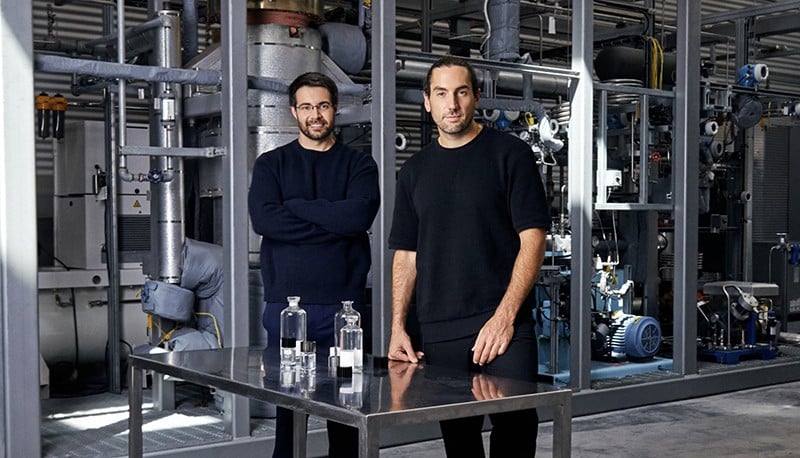 |
| Air Company - one of five finalists based in the United States, |
Air Company, one of five finalists based in the United States, has designed a food system that can use the carbon dioxide (CO2) emitted by astronauts in space to produce wine, which can then be used to grow edible food. The company has also researched ways to produce alcohol for jet fuel and perfume from CO2.
“Creating food out of air may sound strange, but it’s actually much simpler,” said Stafford Sheehan, co-founder and chief technology officer of Air Company. “We’re taking CO2, combining it with water and electricity, and creating protein.”
The process produces alcohol, which then ferments, creating “something edible,” Sheehan said. The company has created a protein that it describes as similar to that made from seitan, a vegan meat substitute. “It tastes pretty good. The system will ferment continuously to provide food for astronauts. Whenever you feel like you want a protein in space, you make one from this growing yeast.”
 |
| Concept of Interstellar Lab in Florida. |
Interstellar Lab, a US-based Phase 3 finalist in Florida, is also taking a different approach. Its system, called NUCLEUS, is a modular set of toaster-sized boxes. Each is self-contained, with its own humidity, temperature and watering system. The design allows astronauts to easily grow a variety of vegetables and even insects like black soldier flies, which are seen as a promising source of protein. “We’re bringing a little piece of the Earth’s ecosystem into space,” said Barbara Belvisi, the company’s founder and CEO. “You can grow mushrooms, insects and sprouts all at the same time.”
Astronauts will need three to four hours a week to plant, prune, and cultivate crops, but much of this will be controlled by AI. “NASA doesn’t want to completely eliminate human intervention,” Belvisi says. The company has also designed larger, inflatable enclosures called BioPods that it hopes could one day be used on the moon or Mars.
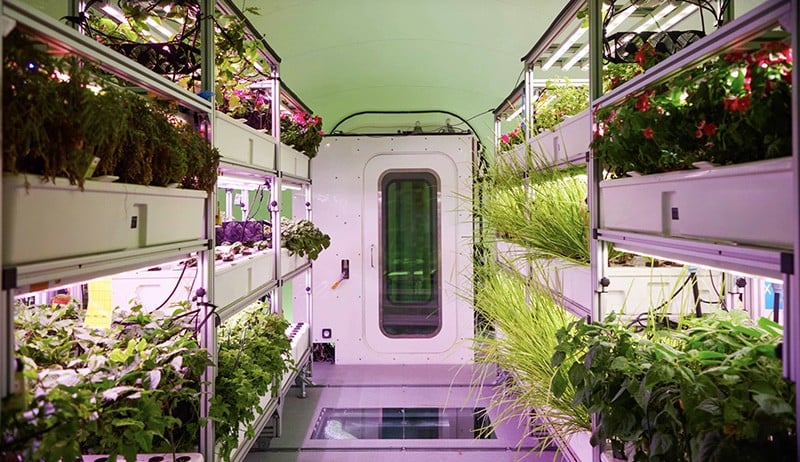 |
One of the three foreign finalists is Mycorena, based in Sweden. Its food production system, AFCiS, will produce a protein called mycoprotein from fungal fermentation to replace animal or plant sources. “Mycoprotein is very high in protein, up to 60%, and is also rich in fiber, vitamins and nutrients, and low in fat and sugar,” says Kristina Karlsson, the company’s head of research and development. “Mycoprotein itself doesn’t have much of a taste, it’s very neutral, like umami or yeast bread. Processing, including combining it with flavorings or spices, can create a variety of foods, such as burgers or nuggets. A module attached to the system will 3D print the mushrooms into the desired food form. “You can choose from the screen and eat a piece of chicken,” says Karlsson.
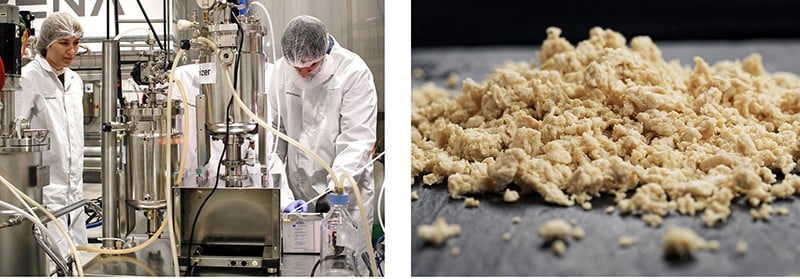 |
| Mycorena's AFCiS system (left) produces a nutrient-rich mycoprotein that can also be made into 3D-printed shapes. |
The winning ideas from this competition won't be used immediately in future lunar landing campaigns, but they show the feasibility of future space missions, according to Nasa. "You have to start years in advance to make sure you have the capability when you need it. Those capabilities look promising," said Fritsche, senior project manager for space crop production at NASA's Kennedy Space Center in Florida.
Source




![[Photo] Close-up of Vietnam's sniffer dog team searching for earthquake victims in Myanmar](https://vstatic.vietnam.vn/vietnam/resource/IMAGE/2025/4/1/d4949a0510ba40af93a15359b5450df2)
![[Photo] Prime Minister Pham Minh Chinh meets with King Philippe of Belgium](https://vstatic.vietnam.vn/vietnam/resource/IMAGE/2025/4/1/be2f9ad3b17843b9b8f8dee6f2d227e7)
![[Photo] President Luong Cuong and King Philippe of Belgium visit Thang Long Imperial Citadel](https://vstatic.vietnam.vn/vietnam/resource/IMAGE/2025/4/1/cb080a6652f84a1291edc3d2ee50f631)
![[Photo] General Secretary To Lam receives King Philippe of Belgium](https://vstatic.vietnam.vn/vietnam/resource/IMAGE/2025/4/1/e5963137a0c9428dabb93bdb34b86d7c)
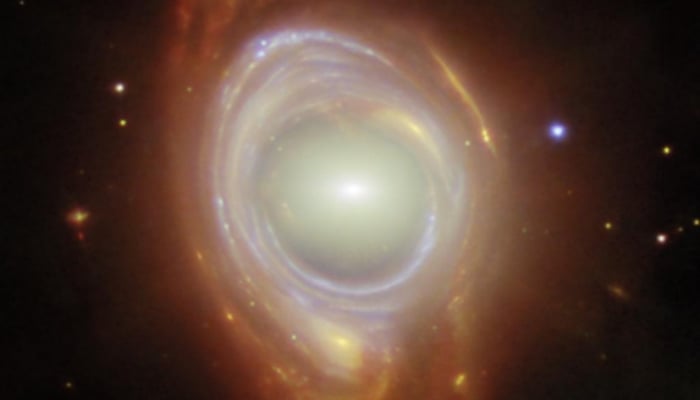

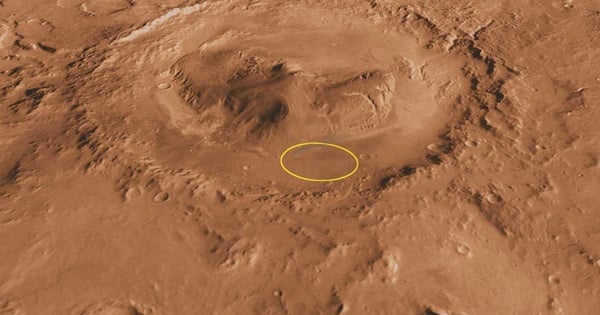



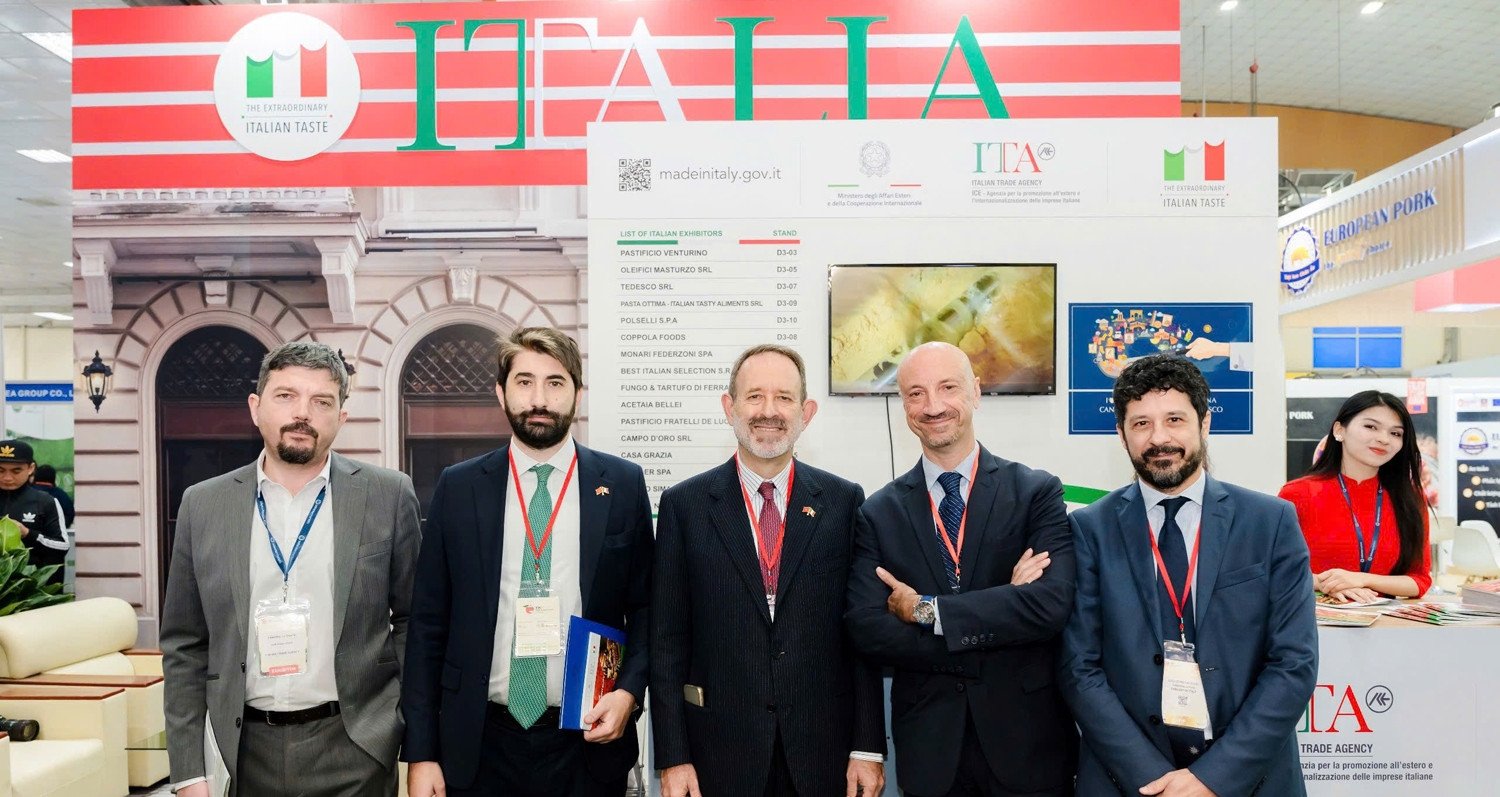

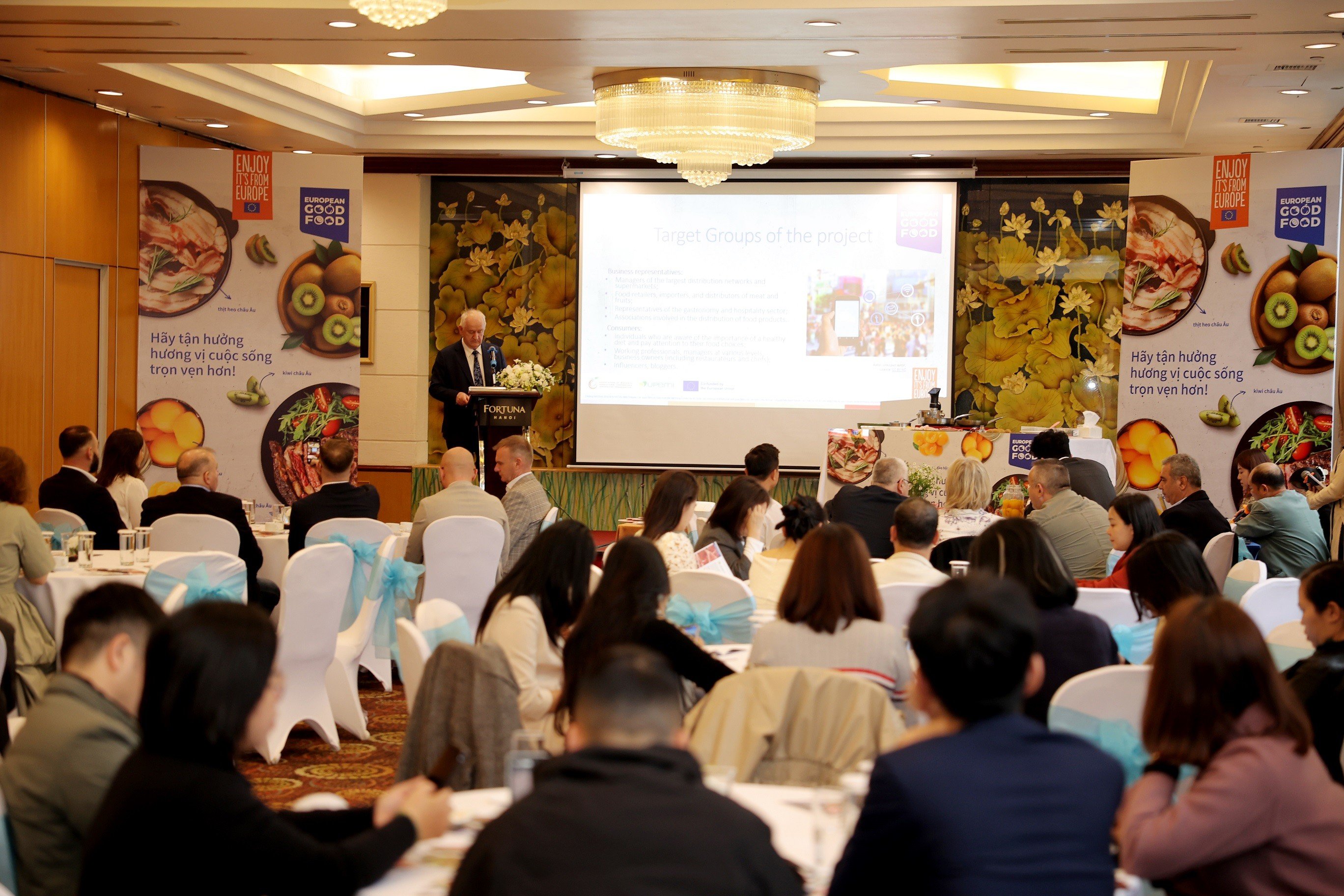

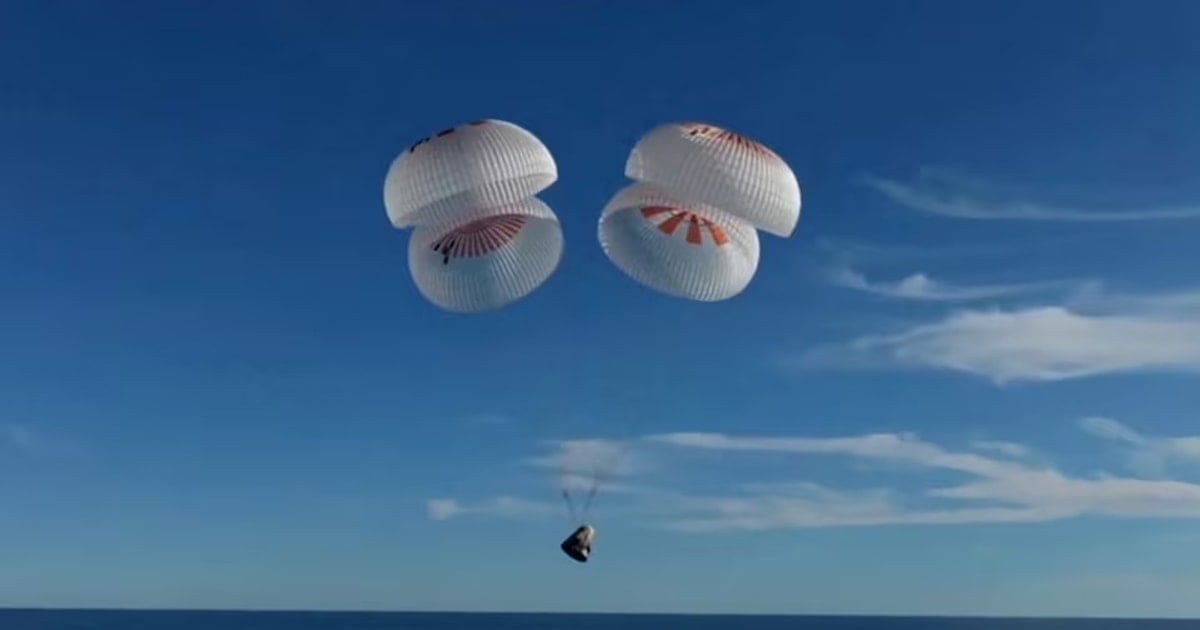










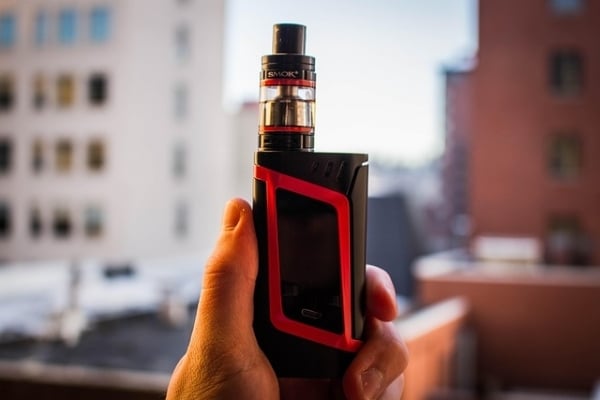


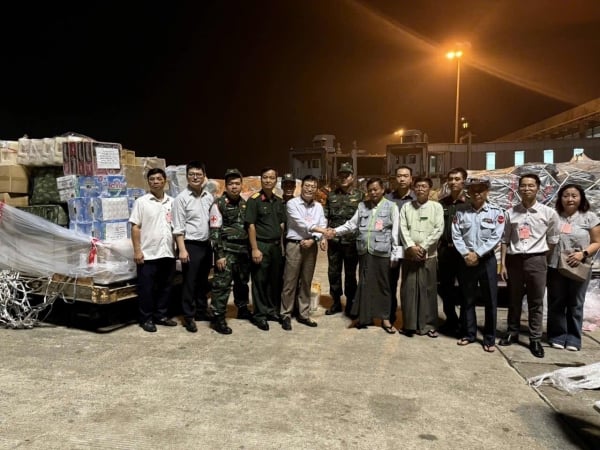
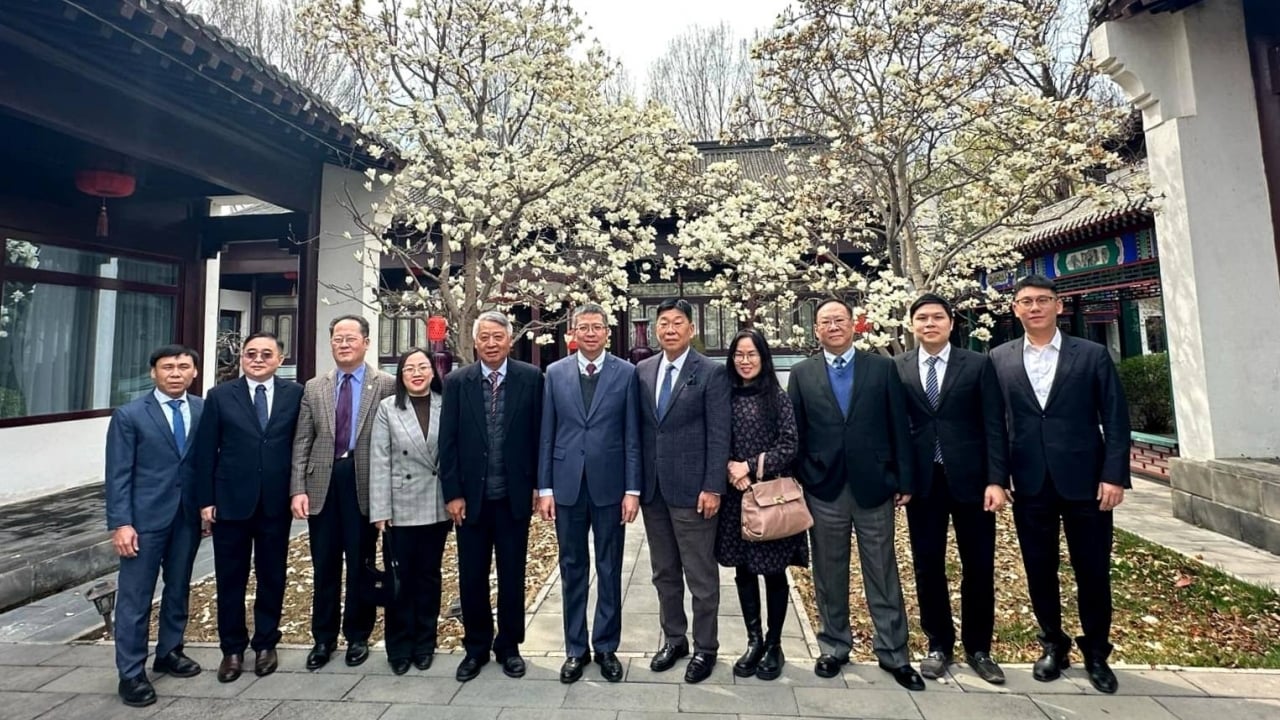

































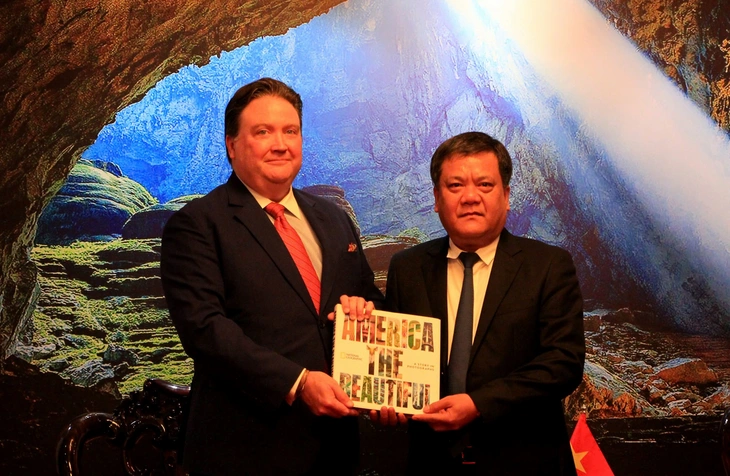









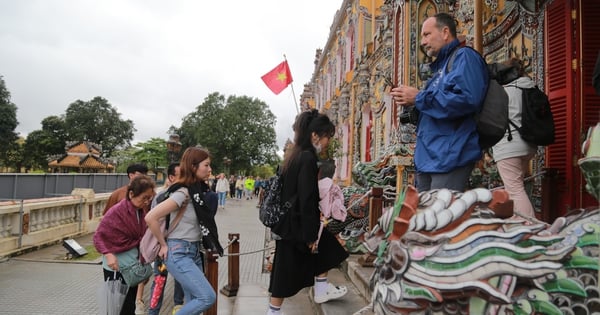




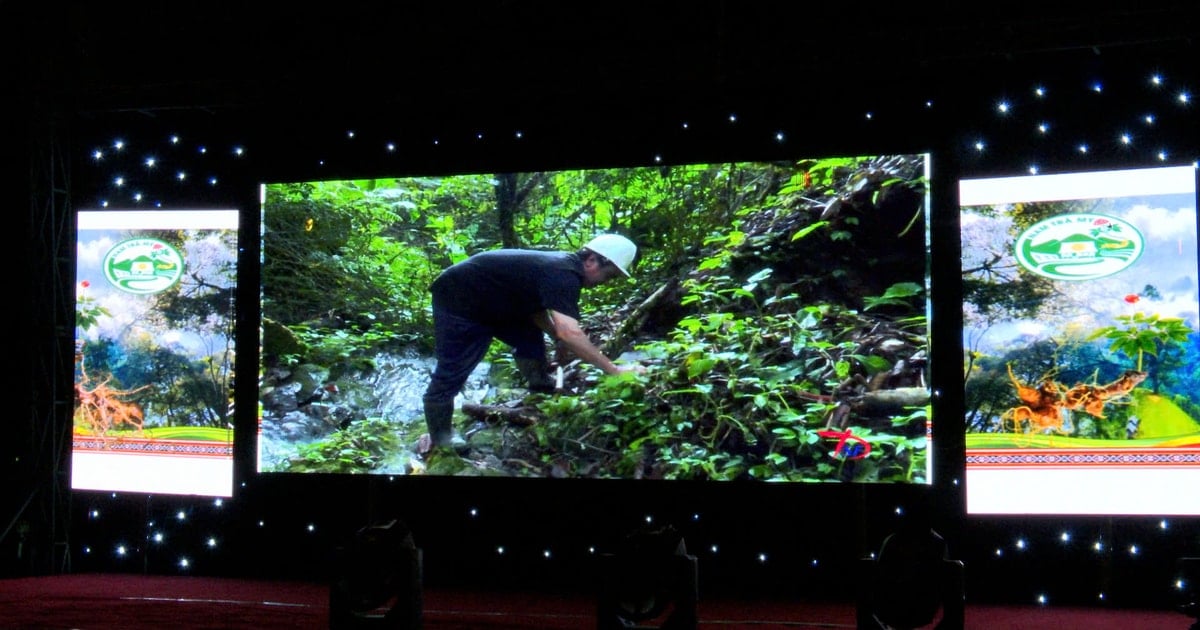
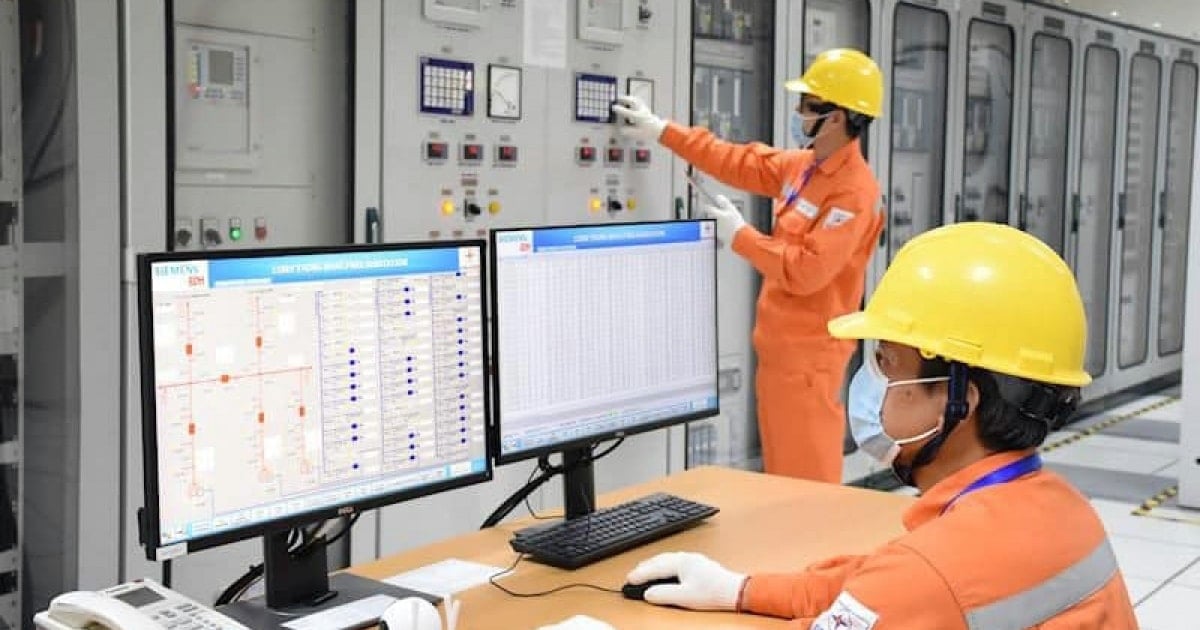
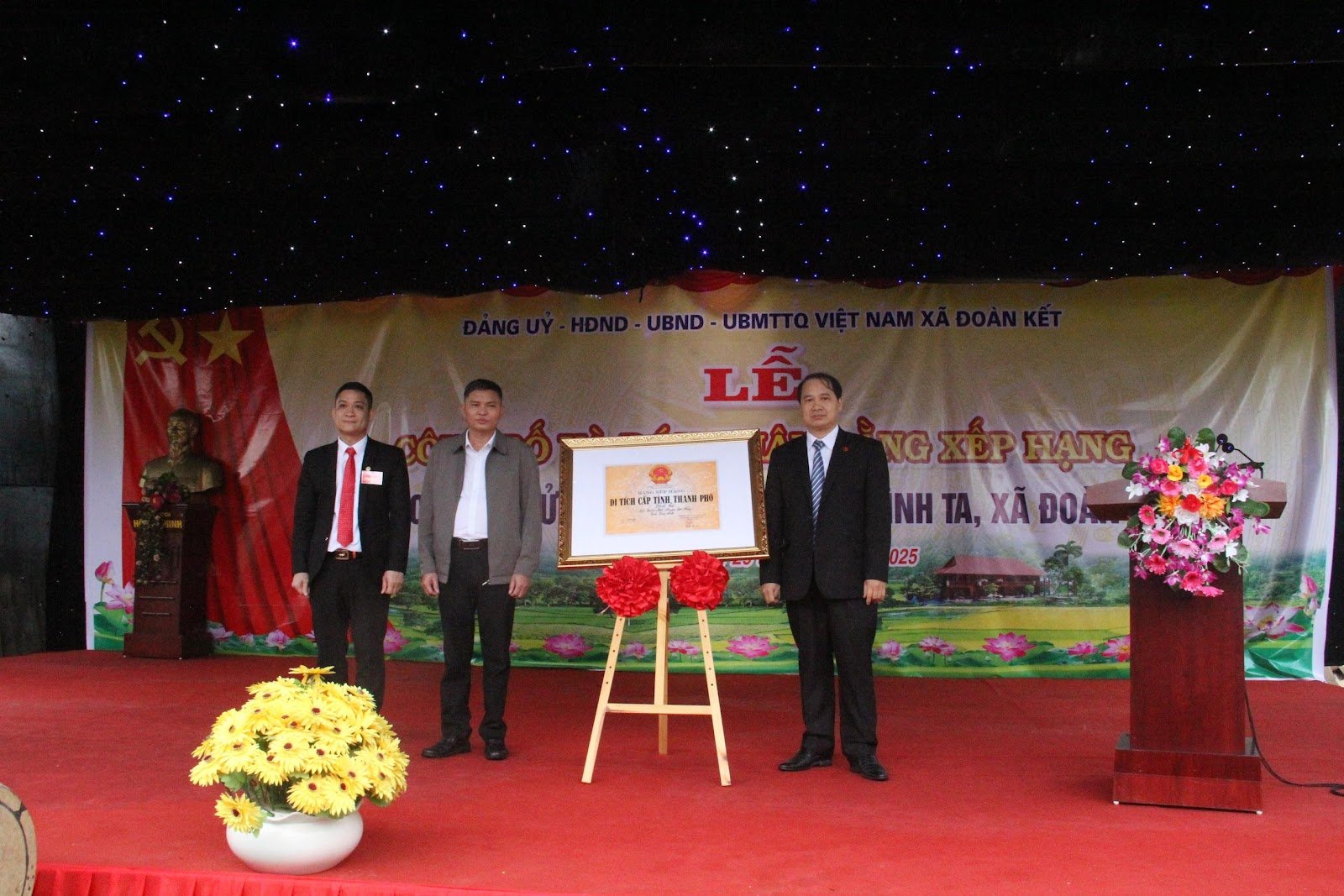











Comment (0)